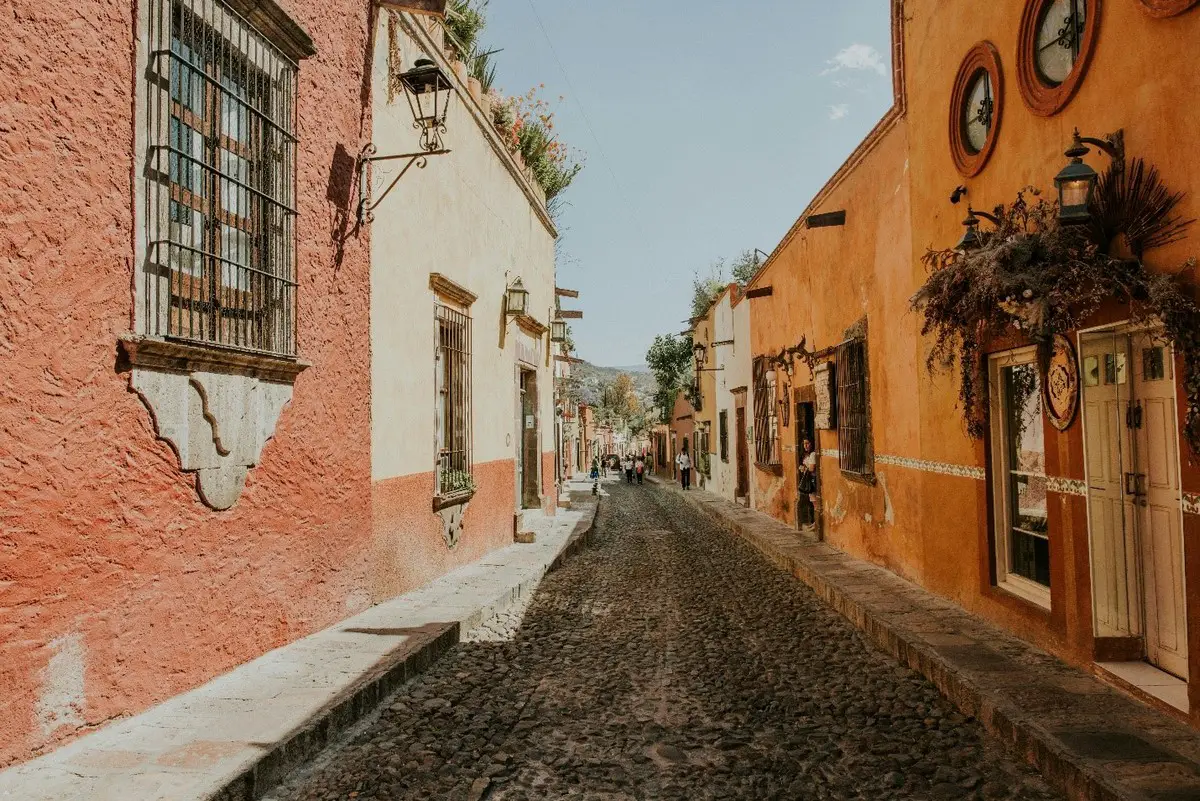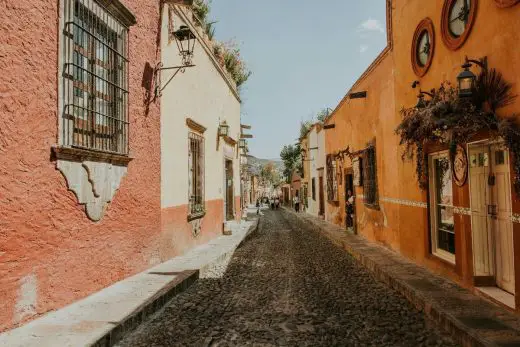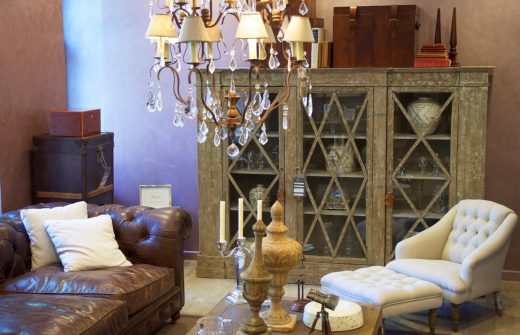Why rammed earth house designs are back, Mud-brick homes, Eco-friendly property
Why Rammed Earth House Designs Are Making a Comeback
21 June 2024
Living in a ‘mud house’ in 2024 seems diabolical, especially with the latest architectural designs taking shape. However, research from top sites like https://essayusa.com/ shows concerns over the construction industry’s contribution towards negative impacts on climate change.
For a long period, one of the ancient methods which has been considered a long procedure in which a mixture of mud, earth, sand, gravel and clay has been compressed when wet in order to form strong, long-lasting monolithic walls has been passed through generation to another.
In fact, this pre-historic design has been accelerating in the resent and modern time, including modern constructions. Therefore, one might want to ask his or herself whether our world can still provide a place to stay for these ecologically viable housing.
What Are These Houses?
Imagine your inner childhood at the beach building sand castles by mixing sand and seawater to form a structure for your castle. Your workmanship gets tested when the waves come in and either destroy or maintain your structure.
Is it fit for a king or merely a sand crab? This is a similar concept when approaching these homes, only that the end product after flipping the bucket is a solid structure.
These homes are built by compacting a mixture of soil, gravel, sand, and a stabilizing agent into the walls by machine or hand. After tightly packing these materials, it leaves behind solid, stable, and pisé walls.
Properties of Mud-Brick Houses
These homes contain multiple properties that make them sustainable housing options for eco-friendly homes, including:
Sustainability
The interesting fact about pisé walls is that raw and available materials such as sand or clay along with a little amount of stabilizing material like cement are used. Moreover, these materials are taken from the same area, which is sustainable for local economy development. Along this line, designing water-tight homes with the creation of waste that is usually left in dumps causes the quick obsoletion of the utilized components is cost-effective and eco-friendly.
Thermal Mass
Compressed soil is generally very dense and, hence, is a perfect material for thermal mass commonly used in construction. High density and high soil heat capacity are needed to be used in construction or as part of wattle and daub homes.
In other words, the final structure accepts and releases heat over time, a feature that can maintain the indoor room temperature of the home and keep it warm in winter and cool in summer. Absorption of heat in the wall structure during the day and slow release into the night further lowers the need for HVAC systems in such homes, which adds to the energy efficiency.
Durability
Many might feel skeptical about the durability of these homes due to the simplicity of the materials under construction. A rammed earth house can sustain its integrity for 1000+. Properly constructed and maintained pisé walls are resistant to fire and pests. Moreover, they can withstand harsh weather and seismic activity.
Aesthetics
Modern designs of these homes feature aesthetic appeal that is architecturally unique. An outside look reveals a monolithic, sculptural, and elegant design that retains its real connection with the earth from which they’ve been formed. Moreover, the internal designs contain distinctive lines, mass, timelessness, and form qualities.
Latest architectural designs adopt rough textures with varied patterns to raise aesthetic appeal. Others are combining metal and timber for a rustic aesthetic.
History of Rammed Earth in Architecture
The building technique is traced back to the Neolithic archeological era, dating to the 9th to 7th millennium BC. Here’s a quick overview of the evolution throughout the millennia:
Ancient House Structures
Ancient civilizations in China, including the Great Wall, incorporated earth bag construction. There’s also evidence of its designs during the Ming Dynasty. Further evidence by history experts from the best essay writing service shows Roman civilization with structures such as the Servian Walls.
Middle Age Construction
The Middle Ages saw massive adoption and redesigning of these models, especially with the lack of timber and stone resources in most areas. The late Middle Ages also saw fortifications built in the Crown of Castile.
Industrial Revolution Era
At the dawn of the Industrial Revolution the decline of these historical designs was already apparent. The rapid urbanization of the constructed developed lands was in need of efficient and easy to craft constructions.
Moreover, producing such materials as concrete, steel, and brick, the initial gothic system was becoming less favored. The requirement of hard labor to make the first homes was also a factor in the emergence of new and improved methods.
Comeback in 20th Century
The late 20th century witnessed a resurgence of these designs with modern elements. The necessity for sustainable housing options with aesthetic appeal is pushing more developers into pre-historical house designs.
More researchers are incorporating modern construction standards such as mechanized ramming, soil stabilizers, and more to revitalize ancient architecture.
Why Build a ‘Mud House’ in 2024?
Is building a rammed-earth home still viable in the current space? Let’s take a look at what homeowners are missing out on:
Locally-Sourced Materials
Most eco-enthusiasts use raw materials within their vicinity to start the construction phase. Procuring locally sourced materials reduces the environmental impact of resource exploitation and transportation.
Low Carbon Footprint
These structures need a small amount of cement about concrete structures. Moreover, unlike bricks, they can be air-dried, which requires hot furnaces to reduce the emission of greenhouse gases into the atmosphere.
Adaptable to Modern Design Elements
Architects actively explore innovative modern elements in these homes that add aesthetic appeal and functionality. One gift most designers are rapidly adopting is colors and layers that reveal a layered structure in the final masterpiece.
Long Lifespan
Research reveals that these homes span over 1000+ years, whereas the average stick-frame household is only 49 years old. However, these need regular maintenance and repairs to maintain their structural integrity.
Natural Temperature Regulation
These structures have regular indoor temperature and humidity due to their ability to take in temperature and disseminate it conversely. The thermal mass reduces the need for artificial heating and cooling systems.
Challenges to Anticipate
Despite its range of benefits accrued, there are some challenges to anticipate, such as:
Skilled Labor
These design requires skills and knowledge passed down to generations to execute the perfect design. The current workforce isn’t acquainted with the ancient construction techniques used to replicate the ancient designs.
Future in Architectural Designs
The decision on introducing sustainable housing solutions is already made. Rammed earth houses are surely a thing to be admired as the designs they form. No one knows yet how our cities and villages will look like when each house is designed this way — but it will definitely be an era before-and-after in our fight against climate changes.
Comments on this guide to Why rammed earth house designs are back article are welcome.
Sustainable Building Design
Eco-friendly property designs
Building an Eco-Friendly Green House
Land Re-use and Climate Change
Eco-friendly timber in shopfront design
Building Articles
Comments / photos for the Why rammed earth house designs are back page welcome




